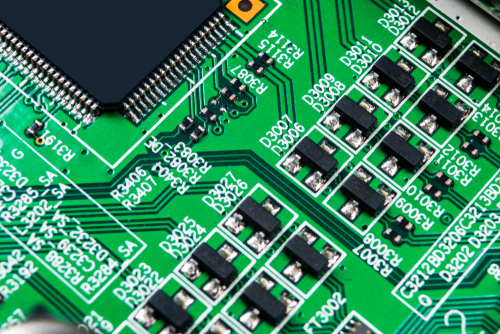Business leaders spend so much time making sure their network and software is up to date and working efficiently, they sometimes underestimate the value of evaluating hardware. If the devices used to access the network and software aren’t up to speed, it doesn’t matter how innovative or effective they are. A company can’t maximize its full potential if the machines used to do business aren’t qualified to handle the necessary tasks.
The New Minimums
No company goes into business with the goal of using outdated hardware. But over time, network demands increase, software becomes more robust and users require more features and integration. Cutting-edge computers have a shelf life, and eventually, technology surpasses their ability to process the required information at an appropriate speed. The strain on old hardware can create slowdowns, problems with compatibility, and a frustrating user experience for employees. And the company loses time and money (and possibly more business) until the issues are resolved.
And, at some point, the issues must be resolved. The minimum hardware requirements to run your business increases every year, even if the hardware itself isn’t updated. Eventually, decision-makers must address how to keep the company’s hardware assets from becoming inadequate. Processor speed, memory, storage, and even screen size and resolution make a difference in how effective employees can be, and how well a network’s features are utilized. It doesn’t make sense to invest in the best software if the hardware can’t reap the full benefits of its capabilities. So when a business is evaluating how to stay on top of its game, hardware inventory needs to be an integral part of the discussion.
CPU, RAM, and Storage
Your computer’s central processing unit (CPU), random access memory (RAM) and storage options go a long way in determining how useful it is to your business. A fast CPU and plenty of RAM allows for efficient workflow, and sizeable storage enables access to critical data when it’s most needed.
Unfortunately, the definitions of “fast,” “plenty,” and “sizeable” change over time. What was once cutting-edge technology can become archaic and an obstacle to productivity in the span of a few years. Today’s hardware needs to be faster than ever, with the ability to multitask and handle larger amounts of data without any slowdown. And depending on the type of work an employee is doing, outdated video and sound cards can become separate obstacles that make work more difficult to accomplish.
The business computer that could handle any task you had in the past could struggle to keep up with basic functions today. And while it might seem like avoiding upgrades saves money in the short term, the slowdown and lost productivity — not to mention the frustration of the people using the devices — is actually more costly than keeping hardware up to date in the first place. It’s important to evaluate whether your computers have the specifications to work optimally today, with the ability to perform as the business grows tomorrow.
Printers and Peripherals
A fast computer needs to be surrounded by equally-effective peripherals. An employee working on a specific type of job might require special monitors or speakers, and an outdated printer can make simple tasks more difficult for everybody. And if a router or server is past its useful stage, you’re limiting the value of any investment the business makes in newer programs or cloud-based enhancements. The very best software upgrades won’t help a company if the hardware can’t handle it, or can’t access the internet quickly and reliably enough to take advantage of its benefits.
Costs and Risks of Not Upgrading
Upgrading hardware can be a significant investment, but the price your company pays for not upgrading is deceptively costly. When a machine is past its prime, it actually becomes more expensive, as it requires more maintenance to remain online and you suffer more slowdowns and downtime waiting for it to work properly again. Like a used car that begins to break down, at some point you’re spending more time and money keeping it running than it’s worth. It might not show up on the balance sheet as a specific expense, but you’re still paying for it every workday.
Old hardware also carries significant safety risks. Cybercriminals are always looking for ways to attack, so even if your software and cloud-based tools are protected, they’ll look for other points of entry. Their goal is to find your weakest link, so an outdated computer or old modem isn’t just a drain on productivity; it’s an invitation for bad actors to exploit weaknesses and take advantage of security lapses. Having old hardware in your network is more than a device that costs the business money over time. It’s a liability that can create a host of new headaches and expenses if exploited by the wrong parties.
Planning Ahead
Making good hardware decisions involves more than ensuring your devices work well today. A forward-thinking approach is necessary, or the business will be in the same position a few short years from now. While you don’t have to pay for specifications you don’t need, having the right hardware means room to grow as the business expands and methods change. Devices always have to be replaced eventually, but some forethought can extend their life cycles by accounting for future needs when making current hardware choices.
Need Help?
Making sure your hardware has the right specs is important, but it doesn’t have to be difficult. Imperium Data can assist in taking inventory of your current hardware assets, identifying areas of concern, and highlighting opportunities for improvement. The end result is better decisions with regard to company computers and hardware, and increased efficiency in all related departments. Use our contact page for assistance.



